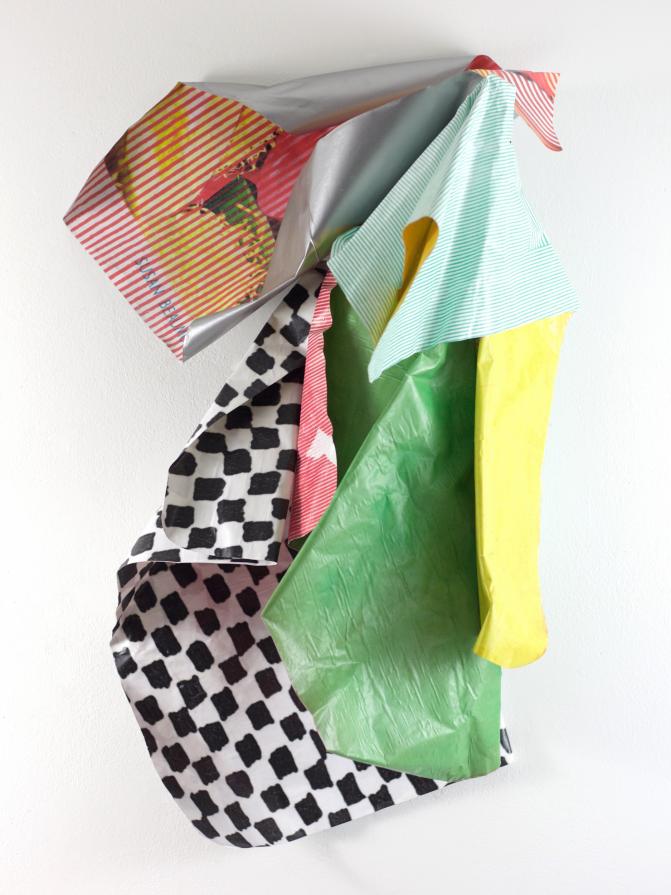All eyes and ears
My current practice focuses on my interest in how our perception is constructed through language. Language allows us a way to define what we are seeing, whether that is an image or an object. While it facilitates us in describing and identifying the world around us, I’m particularly interested in how it can also potentially obscure our view, creating a blind spot at the centre of our collective vision that conceals a truth. If this blind spot could be displaced, could it encourage different kinds of understanding? This thinking has led me to a strategy of making that often involves breaking with convention and subverting our assumptions in order to expose the problem at the heart of this dichotomy. Materially this is achieved through the appropriation and deconstruction of images from the sprawl of surplus imagery that surrounds us, the elevation of flimsy and cheap materials and the repurposing of discarded manufactured objects.
Often this leads to a blurring of the line between 2D and 3D as I reorientate the pictorial plane, drawing out and contorting the substrate into the third dimension. The image comes out into space, creating a vacuum beyond the surface, which is in turn filled with a sense of doubt. This uncertainty has become key to my thinking as the surface starts to speak of containing or concealing form. But on closer inspection, the form is in fact a void, a lacuna under the skin of the image. Those pictorial planes that remain untouched are instead subjected to a form of structural disintegration as the compositional elements repel each other like oil in water, dispersing to the edge of the paper. In doing so it serves to highlight the blind spot, drawing our attention to a lack of subject but more importantly the hollow nature of language.













Commenti 0
Inserisci commento